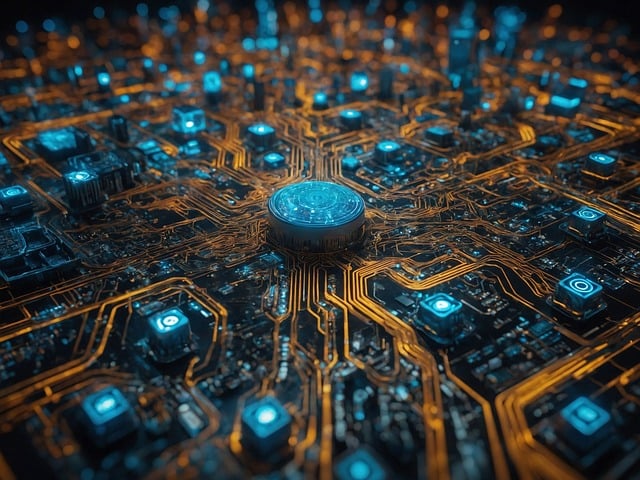In the competitive AI-driven restaurant industry, optimizing AI table turn timing for brunch hours is crucial for success. By using machine learning algorithms, AI systems predict table availability during peak times based on booking patterns, party sizes, and meal durations. This leads to efficient staffing, dynamic reservation management, and reduced wait times, enhancing operational efficiency and customer satisfaction. Additionally, AI-driven loyalty rewards automation personalizes experiences through data tracking, encouraging repeat visits and strengthening brand loyalty. However, successful implementation requires robust data collection and sophisticated algorithms while addressing potential technological challenges.
“Revolutionize your breakfast brunch service with AI table turn timing automation. This cutting-edge technology optimizes customer experience by predicting and managing wait times, ensuring efficient table utilization during bustling brunch hours. In this article, we explore the core concept of AI table turn timing, its seamless implementation within loyalty rewards systems, and delve into the benefits and challenges restaurants face when adopting these innovative systems. Discover how AI can transform your brunch service.”
- Understanding AI Table Turn Timing for Brunch Hours: The Core Concept
- Implementing AI-Driven Loyalty Rewards Automation in Breakfast Brunch Restaurants
- Benefits and Challenges of Adopting AI Table Turn Timing Systems for Brunch Service
Understanding AI Table Turn Timing for Brunch Hours: The Core Concept

In the realm of AI breakfast and brunch restaurant operations, understanding AI table turn timing for brunch hours is pivotal to optimizing customer experience and loyalty. The core concept revolves around automating the process of predicting and managing table turnover rates during peak dining times, ensuring efficient seating arrangements and minimal wait times. By leveraging machine learning algorithms, AI systems can analyze historical data on booking patterns, party sizes, and average meal durations to forecast table availability.
This enables restaurants to dynamically adjust staffing levels, prepare tablesets, and manage reservations accordingly. Through precise AI table turn timing calculations, brunch establishments can enhance operational efficiency, reduce wait times for customers, and foster a seamless dining experience that encourages repeat visits and loyalty.
Implementing AI-Driven Loyalty Rewards Automation in Breakfast Brunch Restaurants

Implementing AI-Driven Loyalty Rewards Automation in Breakfast Brunch Restaurants involves leveraging advanced algorithms to optimize customer experience and retention. By integrating AI, eateries can precisely predict table turn times during brunch hours, ensuring efficient seating management and minimizing wait times. This not only enhances customer satisfaction but also allows for dynamic pricing strategies based on demand, maximizing revenue.
The system can automatically track customer preferences, order history, and feedback to personalize loyalty rewards programs. For instance, AI algorithms can identify regular brunch goers, offer them exclusive discounts or early access to new menu items. This data-driven approach fosters a sense of exclusivity and encourages repeat visits, strengthening the restaurant’s brand loyalty among its clientele.
Benefits and Challenges of Adopting AI Table Turn Timing Systems for Brunch Service

The adoption of AI-driven table turn timing systems in brunch restaurants offers significant advantages. These technologies can optimize service during peak hours, minimizing wait times and maximizing customer satisfaction. By predicting and managing table turnover efficiently, AI ensures that each party receives attentive service while freeing up staff to focus on other tasks. This enhances overall operational efficiency, allowing restaurants to serve more guests without compromising quality.
However, implementing AI table turn timing for brunch service also presents challenges. Accurately forecasting demand and customer behavior requires robust data and sophisticated algorithms. Restaurants must invest in reliable data collection methods and ensure their AI models are trained on comprehensive datasets. Additionally, there’s the risk of technological glitches or biases in the system that could impact service quality. Balancing automation with personalized customer experiences remains crucial to maintaining a warm and welcoming atmosphere, especially during busy brunch hours.
AI table turn timing for brunch hours represents a significant advancement in the restaurant industry, offering enhanced customer experience and operational efficiency. By automating loyalty rewards systems, breakfast brunch restaurants can streamline their service, optimize table allocation, and foster stronger customer relationships. While implementing these AI-driven solutions comes with challenges, the benefits, including improved customer retention and increased revenue, make it a compelling strategy for modern dining establishments.
